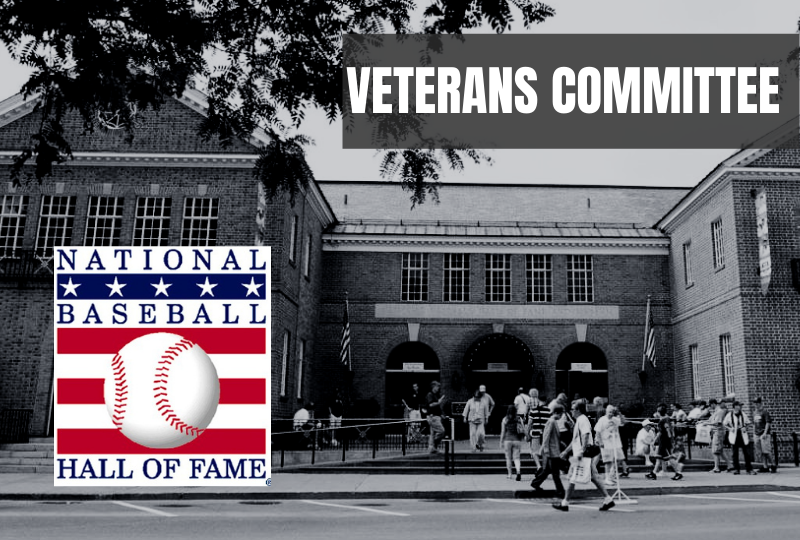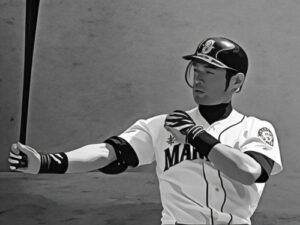The Baseball Hall of Fame has changed their veterans committee election rules like the political parties draw up congressional districts. The folks in Cooperstown have redrawn the landscape and moved the goal marker more times than Miley Cyrus changes her hairstyle.
But the latest iteration of the Hall of Fame committees is getting things right. At least as far as the ballot is concerned. The strange Harold Baines selection aside, the “Eras Committees” ballots are getting better.
The Modern Baseball ballot, which includes nine former players, is possibly the strongest “second-chance” ballot the Hall has ever considered.
On Sunday night, we’ll learn if any of the ten people on the ballot have received the required twelve votes to become Hall of Fame members.
The Eras Committees were created in 2010, a response to criticism when no one was elected via the previous Veterans Committee elections in 2003, 2005, and 2007, and only one person (second baseman Joe Gordon) was elected in 2009.
The electing body for those elections was comprised of the living Hall of Fame members and winners of the Frick (broadcasting) and Spink (writing) awards. It was clear that the Hall of Fame had overestimated the ability of the Hall of Famers themselves to form a coalition behind deserving candidates. The votes were splintered, and the Hall’s shortsightedness resulted in a terrible result: Ron Santo died before he could be elected. Santo finished first in the process three times and third in 2003, and was clearly a deserving candidate, but despite getting more than 60 percent of the vote in two of those shutout elections, he died in 2010 having never received the honor due him. Santo was elected two years after his death, via the Golden Era Committee, receiving 15 votes from the 16-member committee.
The Hall currently has four Eras Committees: the Early Baseball, Golden Days, Modern Baseball, and Today’s Game, each responsible for a time period in the history of the sport. Unlike prior committees, the Eras Committees can nominate players, managers, executives, and pioneers to the same ballot. This decision has ensured that each ballot (ten names) has been strong. None stronger thus far than this year’s Modern Baseball ballot. The committee will meet at the Winter Meetings on Sunday to vote.
The nine players on the 2019 Modern Baseball ballot are: Dwight Evans, Steve Garvey, Tommy John, Don Mattingly, Thurman Munson, Dale Murphy, Dave Parker, Ted Simmons, and Lou Whitaker.
The tenth person on the ballot is former president of the Major League Baseball Players Association, Marvin Miller.
The nine players are each excellent candidates. Want longevity from a rotation workhorse? You got John, who won 288 games.
Want a player who won multiple MVP awards or batting titles? How about Dale Murphy and Dave Parker?
How about a solid team leader behind the plate? Take Munson, also an MVP award winner.
Then there’s one of the greatest defensive right fielders in history: Dwight Evans, who also hit nearly 400 home runs. Or Garvey, who helped five teams win the NL pennant and had six 200-hit seasons.
Like Garvey, Mattingly was a first baseman on a high-profile team, starring for the Yankees his entire career, which was curtailed by back injuries. For a few seasons, Mattingly was the best player in baseball, or at least on the very short list for that title.
Lou Whitaker never had a bad season, and he played 19 years in Detroit as one-half of the longest double play duo in history. His career stats place him in the top ten in nearly every category for his position.
Lastly, Simmons was one of the best hitters to ever play the catcher position. Unfortunately, he played much of his career at the same time as Johnny Bench, Gary Carter, and Carlton Fisk, superior backstops. But Simmons was excellent, especially with a bat in his hands. The last time his name was on an Eras Committee ballot, Simmons fell just one vote short of election.
Those nine players, and Miller, make up a strong ballot. A good Hall of Fame argument can made for any of them. Though each voter may only vote for up to five players. Odds are, no more than two will earn election, though with such a strong ballot, it’s possible we might see three.
The Baseball Hall of Fame hasn’t always handled the voting process correctly, and their steadfast adherence to tradition has at times stunted the evolution of the voting process. But the Eras Committees have been, for the most part, a welcome addition to the process.






